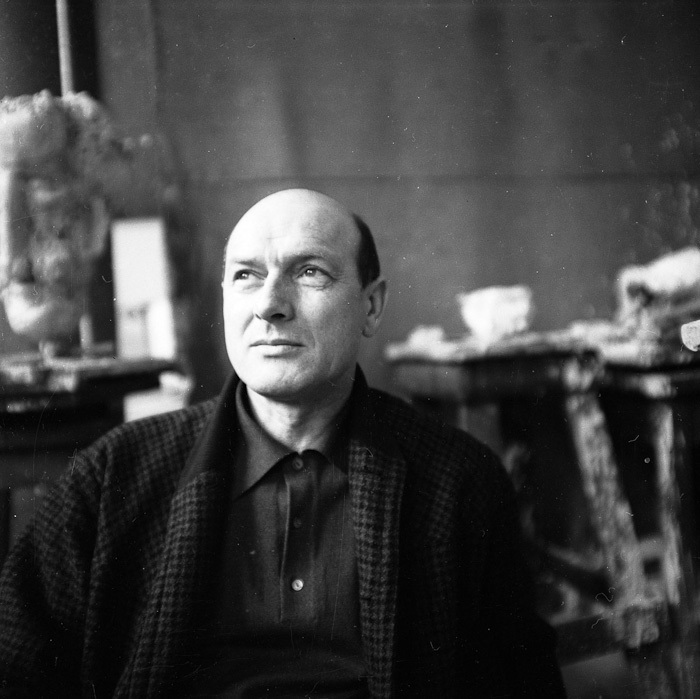Jerzy Jarnuszkiewicz

Biographical information
| Roles | Competed in Olympic Games |
|---|---|
| Sex | Male |
| Full name | Jerzy Mieczysław•Jarnuszkiewicz |
| Used name | Jerzy•Jarnuszkiewicz |
| Born | 27 February 1919 in Kalisz, Wielkopolskie (POL) |
| Died | 14 July 2005 (aged 86 years 4 months 15 days) in Warszawa (Warsaw), Mazowieckie (POL) |
| NOC |  Poland Poland |
Biography
Polish sculptor Jerzy Jarnuszkiewicz studied at the School of Decorative Art and Industrial Crafts, Kraków (1936-38), the Municipal School of Decorative Arts and Painting, Warszawa (1938-39), and the Academy of Fine Arts in Warszawa (1946-50), where he taught sculpture from 1950-85 holding the chair starting in 1972. After World War II he worked in the Office of Reconstruction. Jarnuszkiewicz was a member of an artist group that received an award for the memorial at the former Nazi concentration camp of Auschwitz, the International Monument to the Martyrdom of Auschwitz-Birkenau, designed in 1958 as part of the international competition.
By 1964, Jarnuszkiewicz created three public monuments in Warszawa, Lublin and Kalisz and several architectural sculptures. He was also well-known as a medal and graphic artist. In the 1960s he created geometric openwork metal sculptures of immense proportions set in urban spaces. These were remarkable sculptures of welded junk – hooks, blades, bayonets, chains, equipment parts, and abstract compositions. He later returned to religious themes and figures.
In 1948 Jarnuszkiewicz won a 1st prize for his woodcut Boks (18 x 20 cm) in the Polish national preliminaries. As a design for stained glass, the work was considered Applied Art according to the catalog.
Results
| Games | Discipline (Sport) / Event | NOC / Team | Pos | Medal | As | |
|---|---|---|---|---|---|---|
| 1948 Summer Olympics | Art Competitions |  POL POL |
Jerzy Jarnuszkiewicz | |||
| Painting, Applied Arts, Open (Olympic) |